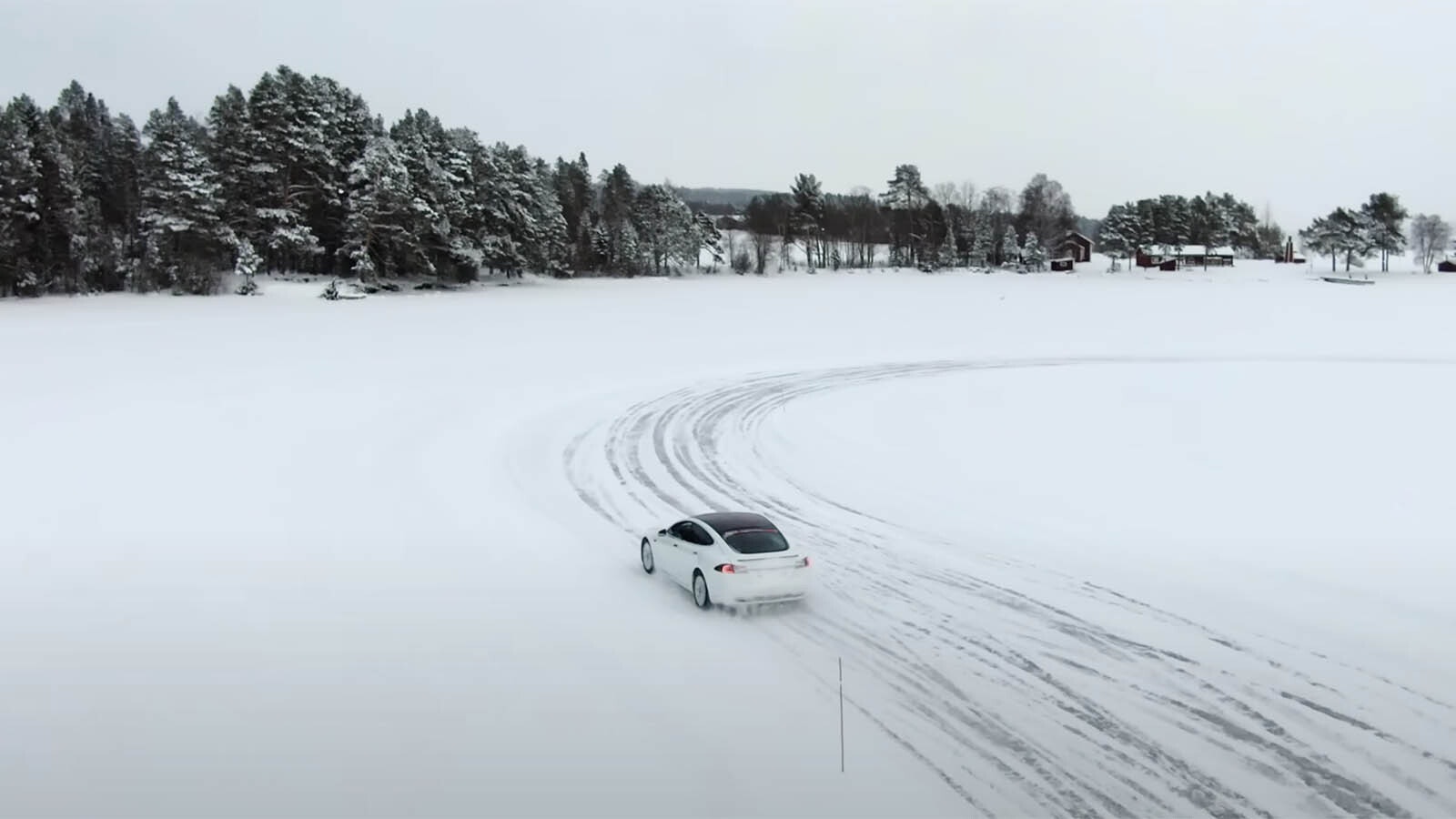The blizzard blowing through Wyoming this week, shutting down Interstate 80 on Tuesday and closing down schools, is why travel in the Cowboy State during the winter is not for the faint of heart.
Even the most prepared drivers braving the icy roads can find themselves stranded.
It can be hard enough to drive in winter with a gas-powered car, but what about electric vehicles?
Taking A Charge
The cold not only degrades the power output of EV batteries, it will also prevent them from taking a charge.
Patrick Lawson, owner of Wild West EV and an EV enthusiast, was pushing the limits of his first Tesla Model S just to see what it could do. On a day when it was around minus 25 degrees out, he was driving home and ran out of charge.
He didn’t want to get it towed and wasn’t far from his house. So, he took a generator out to the vehicle and hooked it up to the car.
“I left it out there all day, and it didn’t do anything,” he said.
Teslas have a system to warm the battery so it can take a charge, but 120 volts at 10 amps isn’t enough to heat up the battery.
As it so happened, there was a guy nearby who had a 240-volt charger. Lawson pushed the Tesla to the guy’s garage. After 10 minutes of charging, Lawson was able to drive it home.
He said that the computer in the Teslas will “blow up your phone” to remind the driver to keep the car plugged in when it’s cold out. He said it’s really no different from plugging in a block heater on gas-powered cars.
Reduced Range
The batteries in Teslas and other EVs also lose range in wintery weather. A 2019 study by AAA found that when temperatures drop to 20 degrees and the heat inside the car is on, driving range is decreased by up to 41%.
That means a 400-mile range, which is the upper level for EVs, is reduced to 236 miles. Older EVs with lots of miles on them have ranges around 250 miles when it’s warm out. The 41% reduction in range on one of those can leave a driver stranded, especially if the car leaves without a full charge.
Consumer Reports did a more extensive study this year on 70 hybrids and EVs in temperatures around 16 degrees, which is still considerably warmer than some winter days in Wyoming.
A Ford Mustang Mach-E, which has a range of 270 miles when it’s warm out, is reduced to 188 on a cold day. The Tesla Model Y drops from 326 miles of range to 186 miles.
Mandates Versus Demand
“I think it’s widely understood that cold climates and EVs don’t coexist well right now,” said Vince Bodiford, owner of the auto enthusiast website The Weekend Drive.
In Wyoming, with long distances between services and a cold climate, EV performance in cold is another limitation to their appeal among Cowboy State drivers.
“It’s certainly not going to make it easier for them,” Bodiford said.
He believes a lot of hype over EVs is coming from manufacturers that are, in turn, being pushed by government mandates.
California, for example, passed a law requiring all new cars and light trucks sold in the state be electric or plug-in electric hybrids by 2035. There are also federal tax credits for new EV car purchases.
While EVs are available on sales lots, Bodiford said the dealers in Wyoming he’s talked to aren’t seeing a lot of sales.
“There’s been lots of noise about it, but the sales numbers aren’t all that huge,” he said.
This is why Bodiford argues that government mandates aren’t going to make EVs replace gas-powered cars.
“The customer is going to make that final decision on what’s going to sell,” Bodiford said.
Warm Drivers
While many may be passing on the electric driving experience, there are those who swear by it, even when dealing with cold weather.
Aaron Turpen, a Cowboy State Daily automotive writer and supporter of electric vehicles, said one of the best benefits of EVs is drivers don’t have to wait for the engine to warm up before the heater works.
Pretty much the moment you turn the car on, assuming you have a charge on the battery, you have heat in the car.
“You have a little heat pump down there, and it’s instantly producing heat,” he said.
It also takes almost no power to run. You can sit in the car and run the heater all day without draining the battery. The driver can monitor the power usage on almost all EVs.
Turpen said that on the EVs he’s driven, he can watch the wattage go way down when the car comes to a stop and only the heater and the radio going.
Turpen said that because batteries are low on the floor, the weight and balance of the car make it handle well on the ice. Most models are all-wheel drive, but most of those that aren’t are front-wheel drive.
“Both of those are really good for bad-weather driving,” Turpen said.





